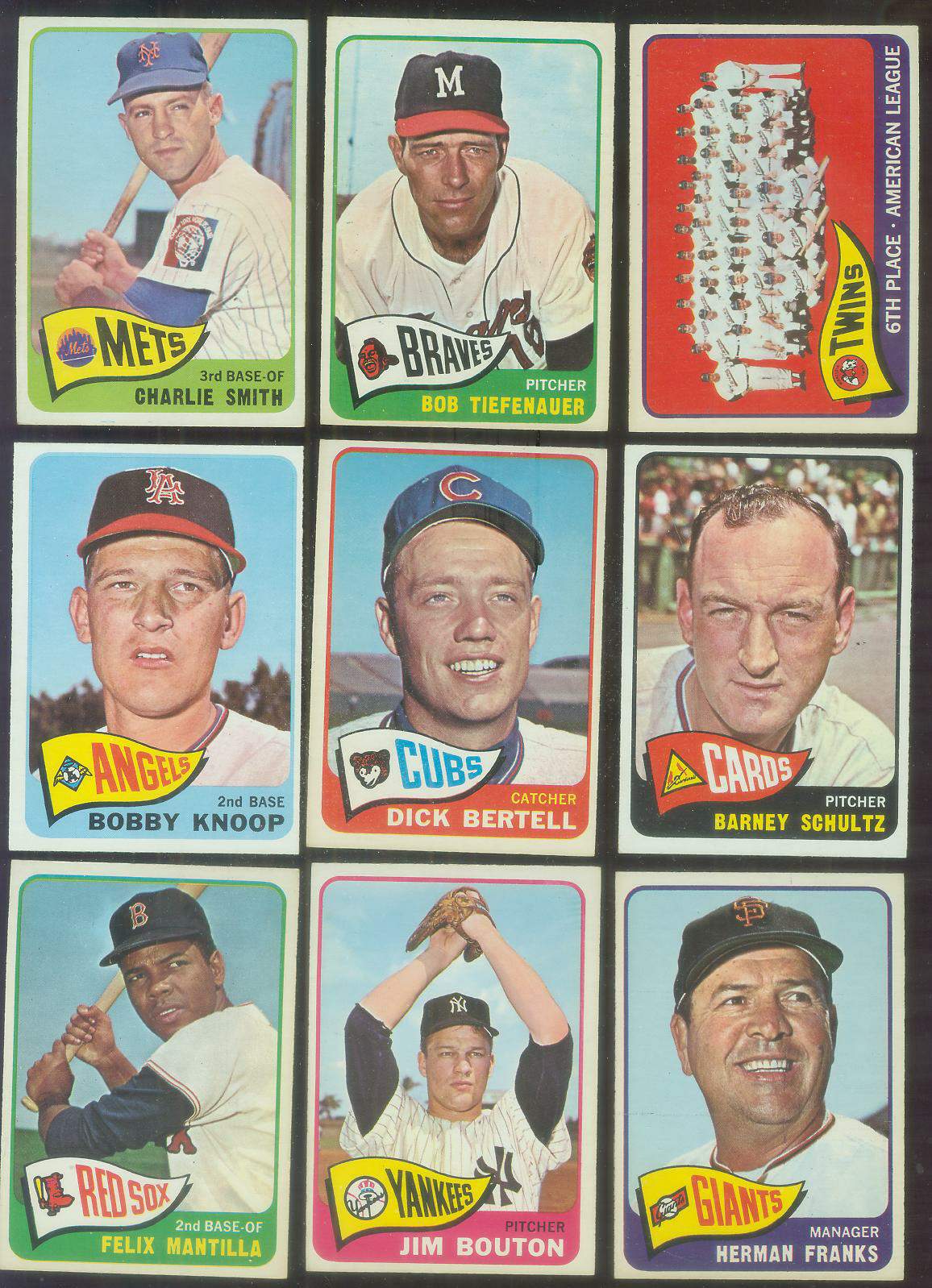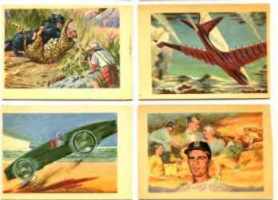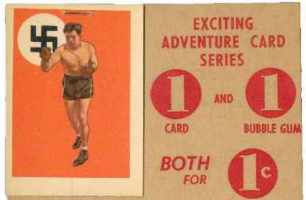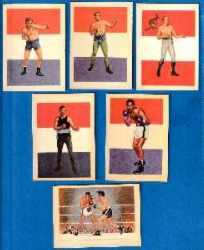1965 O-Pee-Chee/OPC # 26 Bob Knoop (Angels)


Please wander around the website for more info, prices, values & images
on vintage baseball, football, basketball, hockey, sport and non-sports cards.
1972 Topps Baseball Cards |

1956 Adventure cards |

Autographed Gateway Cachets
Gateway Stamp Company has provided collectors well over 1 MILLION
authenticated certified autographs over the last 30 years.
Silk Cachets from Gateway Stamp Company Even though a "stamp company", Gateway rarely dealt in stamps, going down a new and creative road becoming one of the world's most unique secrets in autograph collecting combining the best in art, color photographs, history and autographs with their full-color silk cachet envelopes. Gateway's first client was Cardinals Hall of Famer Lou Brock with hundreds to follow.
WHAT ARE FULL-COLOR SILK CACHETS?
WHY POSTMARKS? |

Cabinet Card Were oversized trading cards featuring paintings issued mostly 1910-1915.
Card Show is a gathering of dealers & collectors looking to buy/sell/trade sports cards and memorabilia.
Card Stock is the material a card is printed on. Usually paper-based, today companies play with the card stock and sometimes it appears to be wood or leather or see-thru acrylic ...
Cello Pack is a card pack whose wrapper is see-thru plastic. Usually the top & bottom cards are seen. Unopened cello packs showing major stars and rookies sell for heavy premiums.
Centering is the balance of the borders: top/bottom & left/right. On perfectly-centered cards, top/bottom borders match as do the left/right borders. Centering is presented as a set of numbers & directions and often included with the grade. Perfectly-centered is "50/50 t/b" AND "50/50 l/r". As centering gets worse, one number increases and the other decreases. For example: 90/10 t/b is considered extremely off-center top to bottom. The numbers add up to 100 (50/50, 60/40, 90/10 ...).
Certificate Of Authenticity (COA) A document used to verify legitimacy of a collectible. NOTE: Keep in mind that COA's are easier to fake then autographs.
Common A card of a non-star player is considered a "Common" as opposed to cards of a star players or specialty/subset cards such as league leaders, teams cards, World Series cards...
Condition (Grade) Centering, corner wear, photo clarity, edges, creases, print flaws ... all combine to determine a card's condition or grade. Along with rarity/scarcity it is the major factor in a card's value.
Crease Defect usually caused by bending the card. Hard to see, or not, a crease lowers the card's grade (VG or lower) and greatly diminishes it's value.
 Issued by Gum Products Inc., this 100-card set
covered a variety of subjects. Featuring mostly non-sport like
military or wild life, it also had a few sports related cards.
The most famous being Max Schmeling's card, removed very early from
the set for featuring the Nazi symbol, making it by far the
scarcest and most expensive in the set.
Issued by Gum Products Inc., this 100-card set
covered a variety of subjects. Featuring mostly non-sport like
military or wild life, it also had a few sports related cards.
The most famous being Max Schmeling's card, removed very early from
the set for featuring the Nazi symbol, making it by far the
scarcest and most expensive in the set. 

